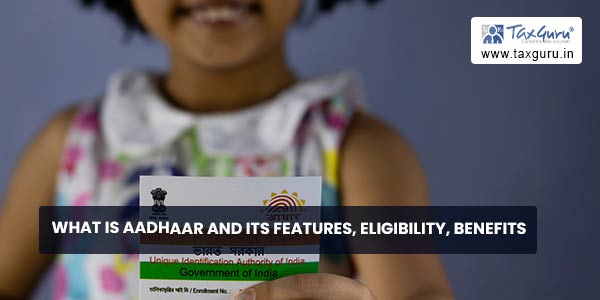Q.1 Can the Registrar add / remove Introducers at a later stage?
Ans. Yes, Registrars can add / remove / modify Introducers at a later stage. The area of operations of an Introducer can also be modified at a later stage. UIDAI encourages Registrars to review performance of Introducers on an on-going basis and make changes to the list as required.
Q.2 How can a person’s Date of Birth be validated?
Ans. As per the DDSVP Committee report, a flag is maintained in Aadhaar database to indicate if Date of Birth (DoB) is verified or declared.
Q.3 What information is required to be provided by an individual to get Aadhaar?
Ans. Aadhaar (Enrolment and Update) Regulations, 2016 provides for demographic and biometrics information required during Aadhaar enrolment process as per the details given below:
Demographic information required –
Name
Date of Birth
Gender
Address
Parent/Guardian details (required for minor)
Contact details phone and email (optional)
Biometric Information required –
Photo
10 finger prints
Iris
The UIDAI set up the Demographic data standards and verification procedure committee under the Chairmanship of Shri N. Vittal to define the data fields to be collected by the UIDAI and the verification process to be followed. The Data Standards Committee submitted its report on December 9, 2009. The full report is available at https://uidai.gov.in/images/UID_DDSVP_Committee_Report_v1.0.pdf. UIDAI also set up the Biometrics standards committee under the Chairmanship of Dr B.K Gairola (Director General, National Informatics Centre) to define the standards and the nature of biometric data that is required to be captured. The report of the Biometrics standards committee was submitted on January 7, 2010 and is available at https://uidai.gov.in/images/resource/Biometric_Standards_Committee_Notification.pdf
Q.4 Will getting Aadhaar be compulsory?
Ans. who are eligible for Aadhaar can apply for Aadhaar as per the provisions of the Aadhaar Act and the Regulations framed thereunder. Similarly, agencies providing benefits and services may choose to use Aadhaar in their systems and may require that their beneficiaries or customers provide their Aadhaar for these services.
Q.5 What are the features and benefits of Aadhaar?
Ans. One Aadhaar: Aadhaar is a unique number, and no resident can have a duplicate number since it is linked to their individual biometrics; thereby identifying fake and ghost identities which result in leakages today. Savings from eliminating duplicates and fakes through Aadhaar-based identification will further enable governments to expand benefits to other eligible residents.
Portability: Aadhaar is a universal number, and agencies and services can contact the central Unique Identification database from anywhere in the country to authenticate a beneficiary’s identity by availing authentication services.
Inclusion of those without any existing identity documents: A problem in reaching benefits to poor and marginalized residents is that they often lack the identification documents they need to receive State benefits; the “Introducer” system which has been approved for data verification for the UIDAI will enable such residents to establish an identity.
Electronic benefit transfers: The UID-enabled-Bank-Account network will offer a secure and low cost platform to directly remit benefits to residents without the heavy costs associated today with benefit distribution; the leakages in the current system will also be stemmed as a result.
Aadhaar-based authentication to confirm entitlement delivered to the beneficiary: The UIDAI will offer online authentication services for agencies who wish to validate a resident’s identity; this service will enable confirmation of the entitlement actually reaching the intended beneficiary. Improved services through increased transparency: Clear accountability and transparent monitoring would significantly improve access and quality of entitlements to beneficiaries and the agency alike.
Self-service puts residents in control: Using Aadhaar as an authentication mechanism, residents should be able to access up-to-date information about their entitlements, demand services and redress their grievances directly from their mobile phone, kiosks or other means. In the case of self-service on the resident’s mobile, security is assured using two-factor authentication (i.e. by proving possession of the resident’s registered Mobile Number and knowledge of the resident’s Aadhaar PIN). These standards are compliant with the Reserve Bank of India’s approved standards for Mobile Banking and Payments.

Q.6 What is Aadhaar?
Ans. Aadhaar is a 12-digit unique identity number that can be obtained by residents of India, based on their biometric and demographic data. The process for Aadhaar enrolment of resident of the country involves use of certain basic demographic information combined with ten finger prints, both irises and photograph to uniquely identify a resident through a process of de-duplication.
An Aadhaar number issued to an individual shall not be reassigned to any other individual. An Aadhaar number shall be a random number and bear no relation to the attributes or identity of the Aadhaar number holder.
No resident can have a duplicate number since it is linked to their individual biometrics; thereby identifying fake and ghost identities.




